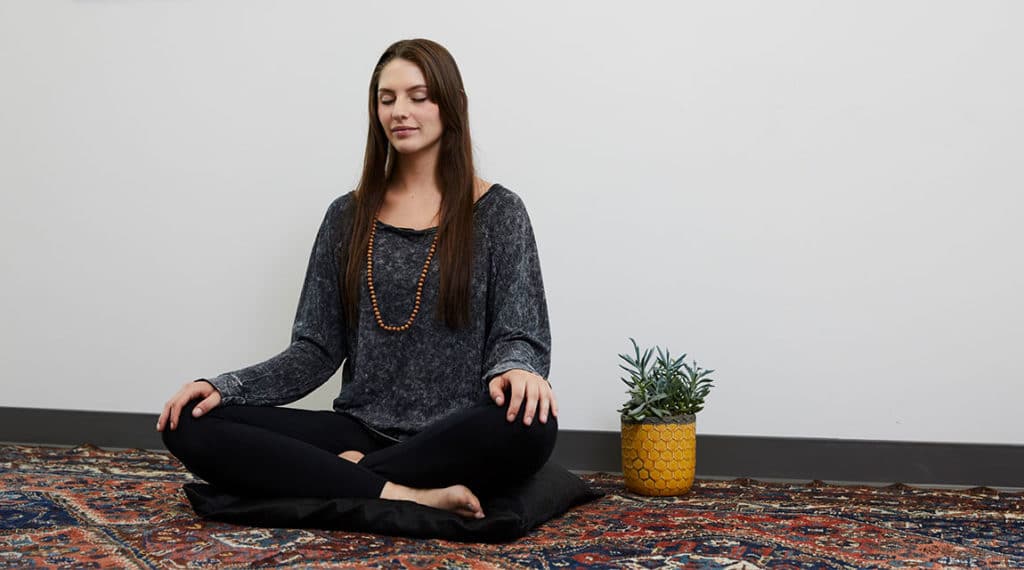Anxiety manifests through both psychological and physical symptoms that can significantly impact daily functioning. While anxiety disorders require comprehensive treatment approaches, breathing techniques offer an accessible and evidence-based method for managing acute symptoms. Understanding the nature of this condition and implementing proper breathing strategies can provide immediate relief and long-term management benefits.
What Is Anxiety?
Anxiety is a natural stress response characterized by feelings of worry, fear, or apprehension about future events or situations. The condition involves complex interactions between the brain’s fear centers, neurotransmitter systems, and physiological responses. When anxiety becomes persistent, excessive, or interferes with daily activities, it may indicate a disorder requiring professional intervention.
The body’s anxiety response activates the sympathetic nervous system, triggering the “fight or flight” reaction. This activation releases stress hormones, including cortisol and adrenaline, which can lead to physical symptoms. This includes an increased heart rate, rapid breathing, and muscle tension.
What Causes It?
Anxiety disorders develop through multiple interconnected factors that vary among individuals. Genetic predisposition plays a significant role, as anxiety disorders can run in families. Brain chemistry imbalances, particularly those involving neurotransmitters such as serotonin and dopamine, contribute to the development of this condition.
Environmental factors include traumatic experiences, chronic stress, major life changes, and substance use. Medical conditions such as thyroid disorders, heart disease, or chronic pain can also trigger anxiety symptoms. Certain medications and caffeine consumption may exacerbate this condition in susceptible individuals.
What Are the Different Types?
Each anxiety disorder has specific diagnostic criteria and symptom patterns. Generalized anxiety disorder involves persistent, excessive worry about multiple life areas. Panic disorder features recurrent panic attacks accompanied by intense physical symptoms and fear of future attacks.
Social anxiety disorder causes significant fear of social situations and potential judgment from others. Specific phobias involve intense fear of particular objects or situations, such as heights, animals, or medical procedures. Separation anxiety disorder typically occurs in children but can affect adults, involving excessive fear when separated from attachment figures.
What Are the Symptoms?
Psychological symptoms include excessive worry, racing thoughts, difficulty concentrating, irritability, and feelings of impending doom. Cognitive symptoms may involve catastrophic thinking patterns and difficulty making decisions. Physical symptoms encompass rapid heartbeat, shortness of breath, sweating, trembling, muscle tension, and gastrointestinal distress. Behavioral symptoms include avoidance of certain situations, restlessness, and a tendency to seek reassurance from others.
What Breathing Techniques Help Ease Anxiety?
Breathing techniques offer immediate and accessible anxiety management strategies by promoting relaxation responses. These techniques work by slowing heart rate, reducing blood pressure, and interrupting the anxiety cycle. Diaphragmatic breathing involves breathing deeply into the belly rather than shallow chest breathing.
Box breathing follows a structured pattern of inhaling for four counts, holding for four counts, exhaling for four counts, and holding for four counts. This technique provides a focused activity that redirects attention away from anxious thoughts while regulating breathing patterns. The 4-7-8 technique involves inhaling through the nose for four counts, holding the breath for seven counts, and exhaling through the mouth for eight counts. This method promotes deeper relaxation and can be particularly effective before sleep or during periods of acute stress.
Learn To Regulate Your Breathing
Breathing techniques provide evidence-based tools for managing symptoms and promoting overall well-being. Regular practice of these techniques fosters resilience and establishes readily available coping strategies for managing acute episodes. Consistent practice enhances the effectiveness of these techniques, allowing for more rapid symptom relief when needed. Work with a mental health professional to develop a personalized anxiety management plan that incorporates breathing techniques alongside other therapeutic interventions.









Leave a Reply